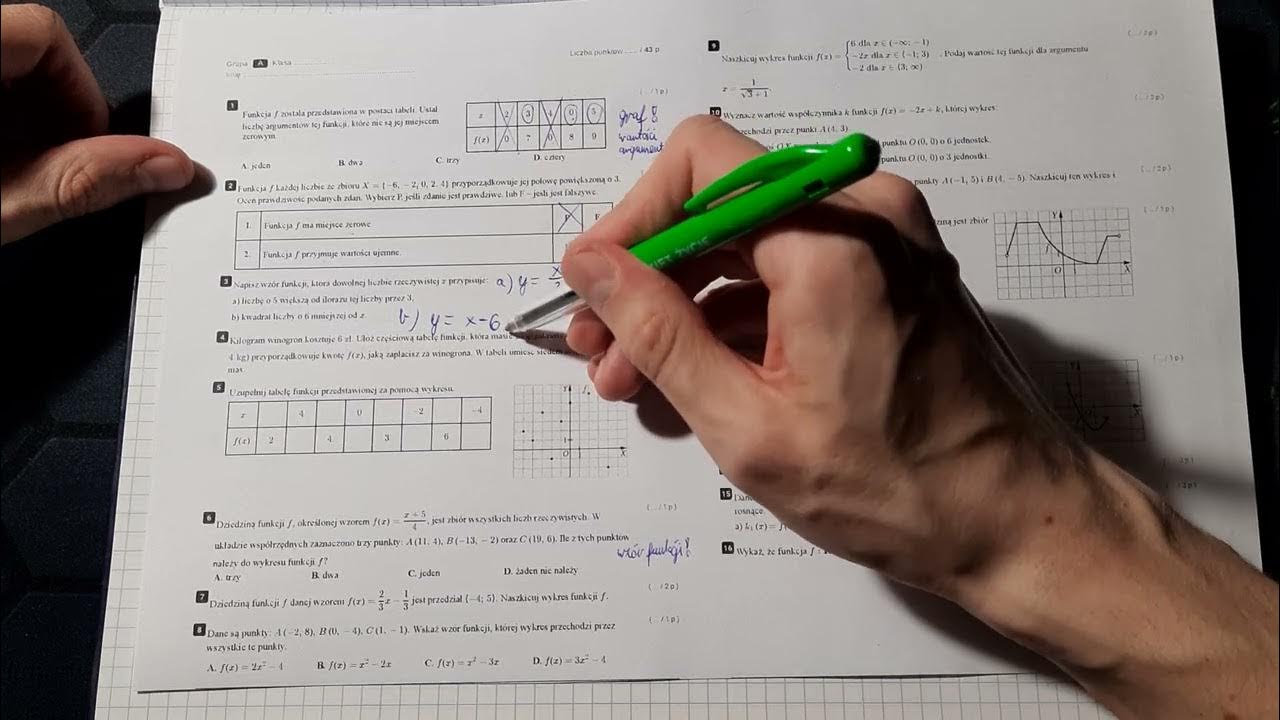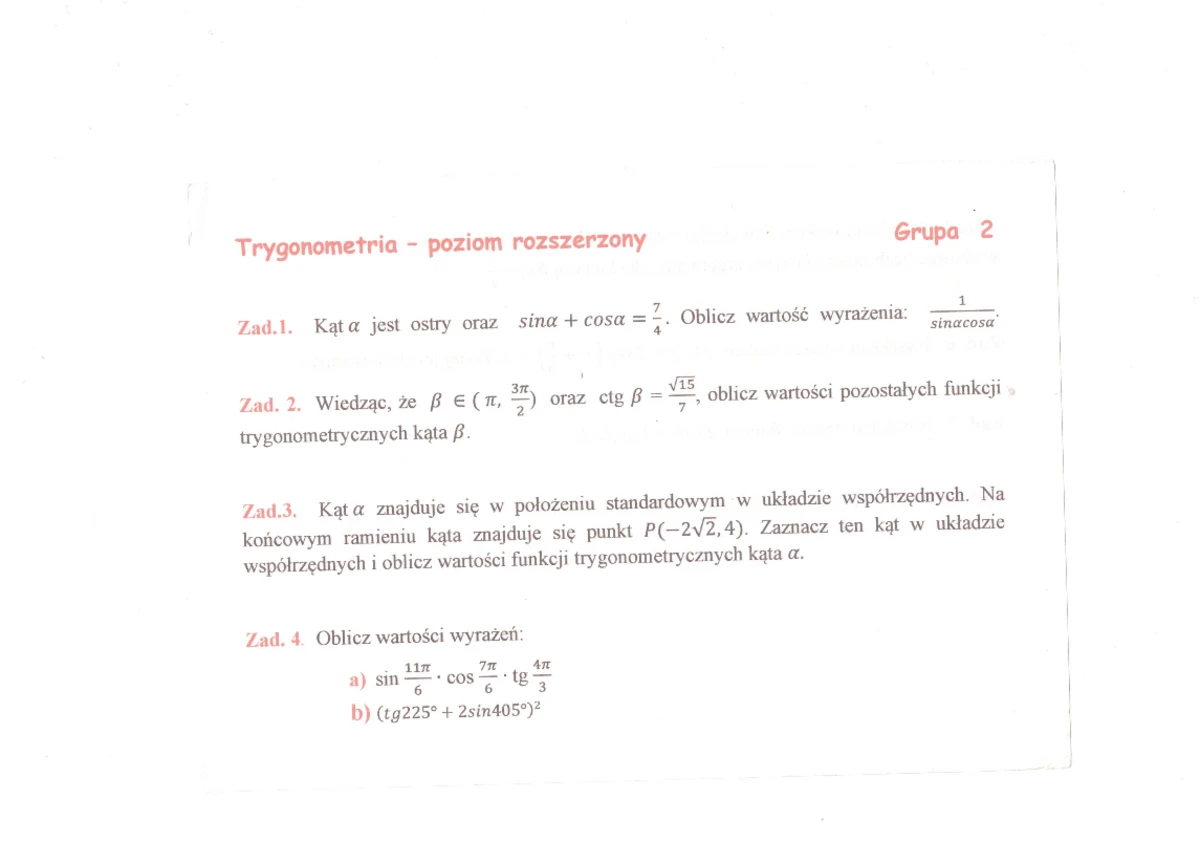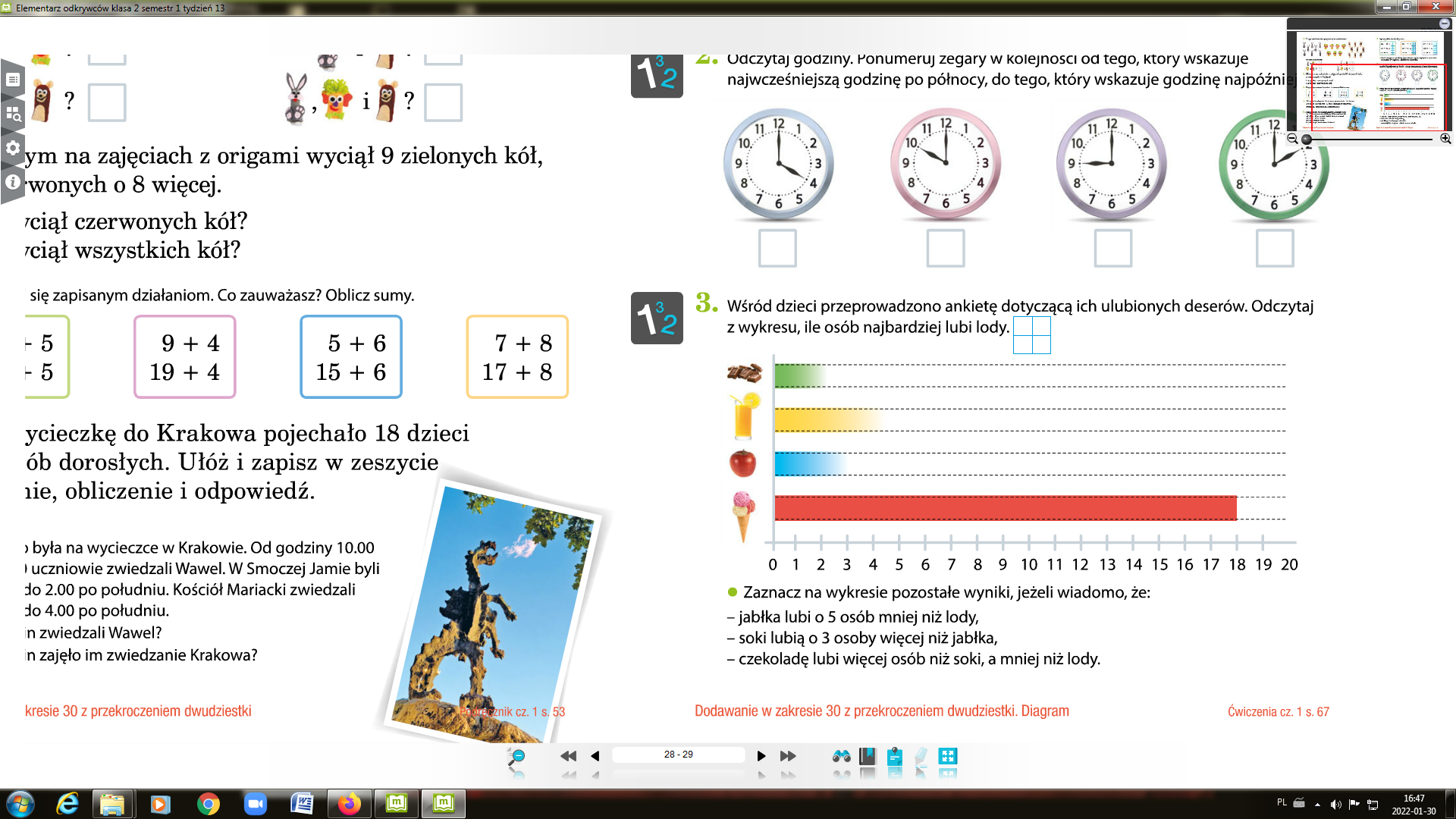Sprawdzian Funkcje Copyright By Nowa Era 2014

Sprawdzian Funkcje Copyright By Nowa Era 2014 often evokes a sense of pressure for both teachers and students. Let's explore this resource and discuss effective teaching strategies.
Understanding the *Sprawdzian Funkcje*
The *Sprawdzian Funkcje* from Nowa Era focuses on evaluating students' understanding of functions. It typically covers topics like domain, range, function notation (f(x)), and graphical representations of functions. Expect questions involving linear, quadratic, and other common function types. The level of difficulty aligns with the curriculum for a specific grade level.
Teaching Tips and Strategies
Begin with a solid foundation. Ensure students grasp the basic definition of a function: a relation where each input (x-value) has exactly one output (y-value). Use real-world examples to illustrate this concept. Think of a vending machine: you put in a specific amount of money (input), and you get a specific snack (output). This helps connect abstract ideas to tangible experiences.
Visual aids are your best friend. Graphing functions helps students visualize their behavior. Use interactive software or graphing calculators to allow students to explore different functions and their properties. Manipulating graphs dynamically can solidify their understanding.
Function notation (f(x)) can be confusing initially. Break it down systematically. Explain that f(x) is simply a way of representing the output of a function for a given input x. Use examples where students can substitute different values for x and calculate the corresponding f(x) values.
Common Misconceptions
Many students confuse relations and functions. Emphasize the vertical line test to determine if a graph represents a function. A vertical line should intersect the graph at most once for it to be a function.
Another common error involves understanding the difference between domain and range. Domain is the set of all possible input values (x-values), while range is the set of all possible output values (y-values). Use different examples where the domain and range are explicitly defined.
Students may also struggle with interpreting graphs accurately. Practice reading graphs to determine the domain, range, intercepts, and other key features of the function.
Making Functions Engaging
Incorporate real-world applications of functions. For example, model the trajectory of a ball using a quadratic function or the growth of a population using an exponential function. This shows students the relevance of functions in everyday life.
Use games and activities to reinforce function concepts. Create matching games where students pair functions with their graphs or tables of values. Play "function machine" games where students input numbers and determine the corresponding output based on a given function rule.
Collaborative problem-solving can also be effective. Have students work in groups to solve challenging function problems or create their own function-based scenarios. Encourage them to explain their reasoning and justify their solutions. Remember to carefully review Nowa Era's materials, and adapt to the student needs.





